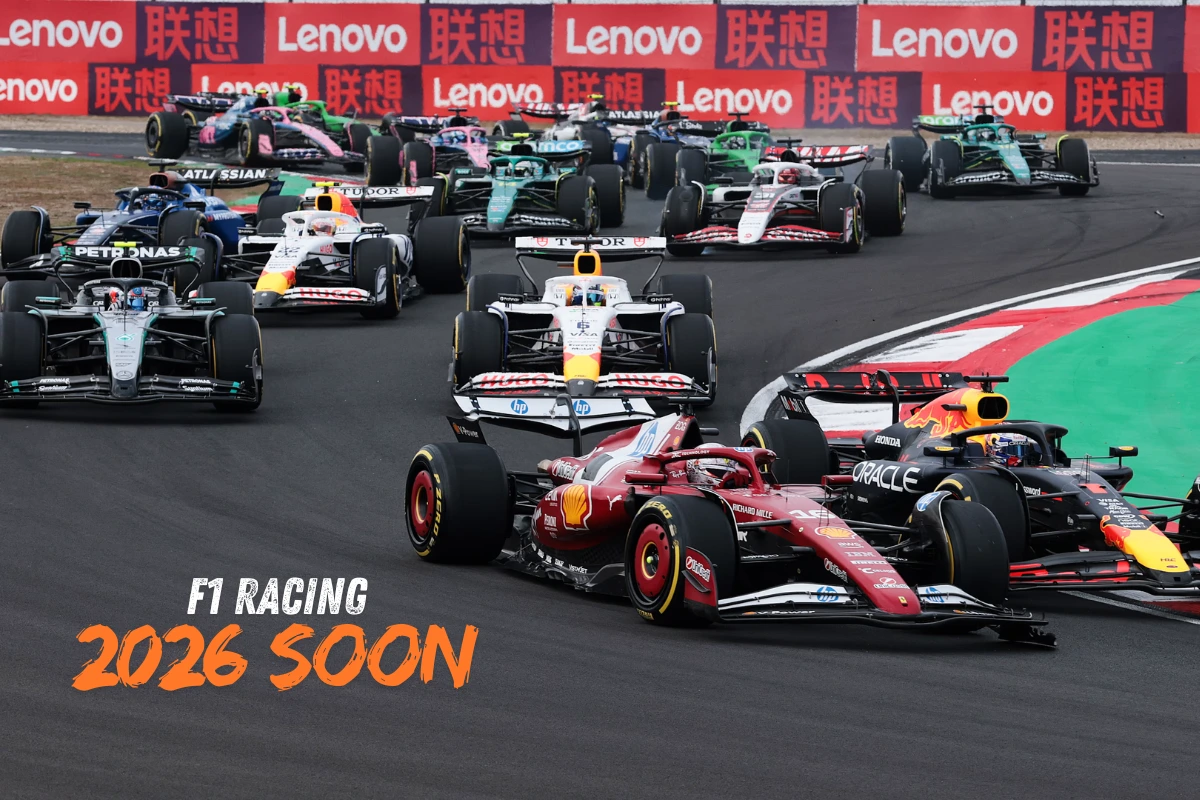Introduction to the 2026 Formula 1 Season
Ready for another adrenaline-packed year? The 2026 Formula 1 season is set to raise the bar once again. As fans, we crave the roar of engines, the nail-biting overtakes, and the glamour of global circuits. But what exactly makes 2026 so special?
What makes 2026 special?
The 2026 season isn’t just another year on the F1 timeline. It marks a new era with a redefined technical regulation shift, making cars more eco-friendly and competitive. Plus, with a reshaped calendar, fans can expect surprises at every corner—literally and figuratively

Evolution of the F1 calendar over the years
Formula 1 has come a long way since its humble beginnings in 1950. Over the decades, the calendar evolved from a handful of European races to a global spectacle. The 2026 season continues this trend, combining classic tracks with fresh venues to keep the excitement alive.
Key Changes in the 2026 F1 Calendar
New circuits added
One of the 2026 season’s most exciting parts is introducing new circuits. Rumors have been swirling for months, and now it’s official: we’re getting a brand-new street circuit in Madrid and a challenging track in Seoul.
Circuits dropped from the schedule.
Unfortunately, not every track is cut. The 2026 calendar says goodbye to some classic venues, like Paul Ricard in France and the Shanghai International Circuit. While these tracks hold fond memories, the change is part of F1’s global expansion strategy.
Changes in race order
The race order has been shuffled to improve logistics and reduce environmental impact. For instance, the Australian Grand Prix, usually the season opener, kicks off later to better sync with regional races.
Detailed Month-by-Month Breakdown
March: Season opener excitement
The 2026 season roars to life in Bahrain, a fan favorite under the floodlights. Expect drivers to shake off winter rust and deliver unpredictable results.
April: Early challenges
April sees the circus move to Asia, with stops in Japan and the new Seoul circuit. These early races often set the tone for the championship fight.
May: The European swing begins.
May marks the start of the European leg, featuring classic venues like Imola and Monaco. Monaco’s tight corners remain a highlight—it’s where legends are made or broken.
June: Iconic races return
June packs a punch with the Canadian Grand Prix and the return of the German Grand Prix at Hockenheim. These tracks are known for dramatic weather changes, testing teams’ strategies.
July: Mid-season battles
The season hits Silverstone and Hungary in July. This is when mid-season upgrades usually kick in, potentially shaking up the standings.
August: Summer break drama
Drivers have an opportunity to recharge during August’s summer vacation. But for fans, it’s a painful few weeks without racing action. The anticipation only builds for the final stretch.
September: The final push
Racing resumes in Zandvoort, followed by Monza—the “Temple of Speed.” These high-speed circuits often become critical in the title battle.
October: Title fight intensifies
October includes trips to the United States and Mexico. Every point matters because the championship is typically on the line.
November: The thrilling conclusion
The season wraps up in Abu Dhabi, where countless championships have been decided under the lights. The final race drama is unmatched—will 2026 deliver another photo finish?
Spotlight on New and Returning Tracks
New entries and their unique characteristics
Madrid promises a high-speed street circuit with narrow escape routes, making overtakes risky and exciting. Conversely, Seoul mixes tight corners with long straights, blending strategy and raw speed.
Fan favorites are making a comeback.
The German Grand Prix returns at Hockenheim, bringing joy to fans who missed the classic hairpin battles and forest sections.
Impact on Teams and Drivers
Strategies and adaptations
New tracks and a shuffled schedule mean teams must adapt their strategies quickly. Early season upgrades might be prioritized, and logistics teams will have their hands full.
Travel and logistics considerations
With back-to-back races in Asia and Europe, travel plans become crucial. Teams are focusing on sustainability by optimising cargo and travel routes.
Fan Reactions and Expectations
Global fanbase excitement
Fans are buzzing about the new circuits and the chance to see their favorite drivers tackle unknown challenges. Thanks to the worldwide distribution, everyone is guaranteed a piece of the action.
Social media buzz
Social media platforms will light up with memes and heated debates during the season. Expect #F1Madrid and #SeoulGP to trend worldwide.
Sustainability and the Future of F1 Calendars
Efforts to reduce the carbon footprint
Formula 1 is still pursuing the goal of having a net-zero carbon impact by 2030. Efforts to cut emissions and simplify logistics are reflected in the 2026 calendar.
Long-term visions for future seasons
The future looks bright (and green) for F1, which will focus on regional clusters and more electric infrastructure to support hybrid and electric support races.
Conclusion
The 2026 Formula 1 season promises to be thrilling, with a perfect blend of tradition and innovation. Whether you’re a die-hard fan or a casual viewer, there’s something special in store for everyone. Buckle up—this is going to be one for the history books!
FAQs
When does the 2026 F1 season start?
The season starts in March with the Bahrain Grand Prix under the lights.
Which new tracks are included in 2026?
Madrid (Spain) and Seoul (South Korea) are the significant new additions to the calendar.
How many races are scheduled in 2026?
There are 24 races planned for the 2026 season.
Are there any night races in 2026?
Yes! Bahrain, Singapore, and Abu Dhabi will continue as night races, with possible new experiments on other circuits.
Will there be any sprint races?
Definitely! The sprint format returns to select tracks, including Austria and Brazil.
